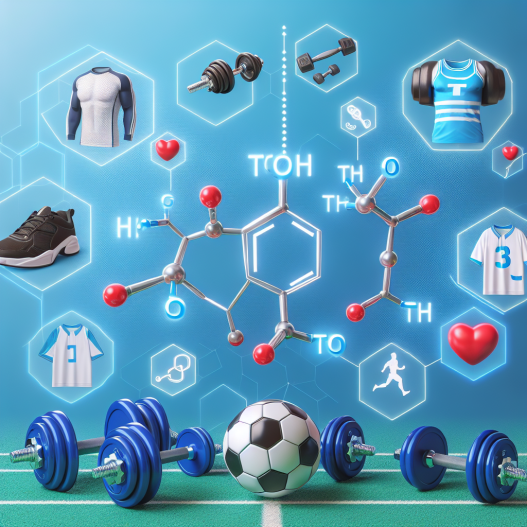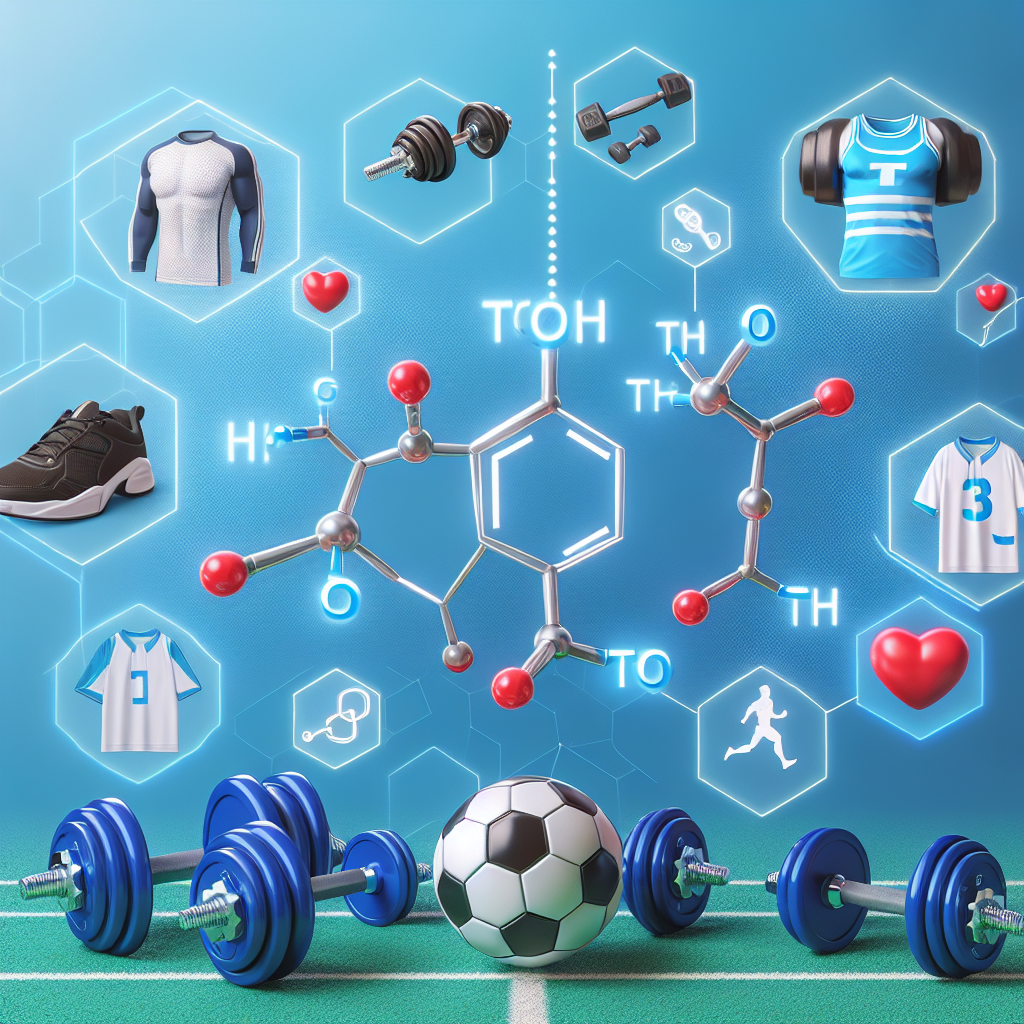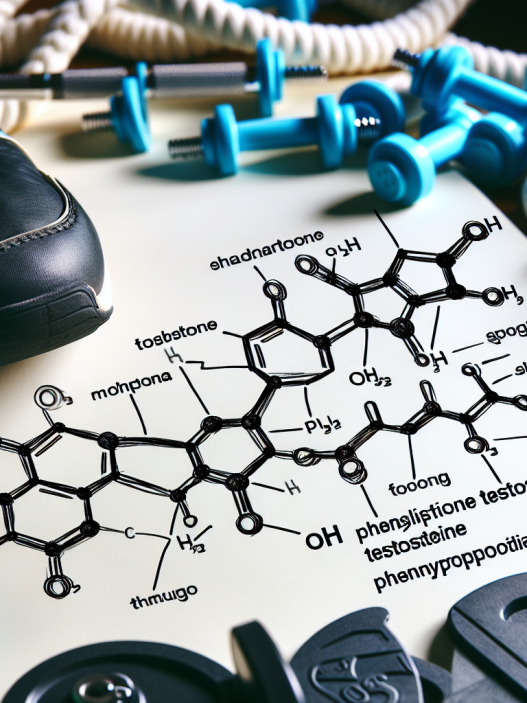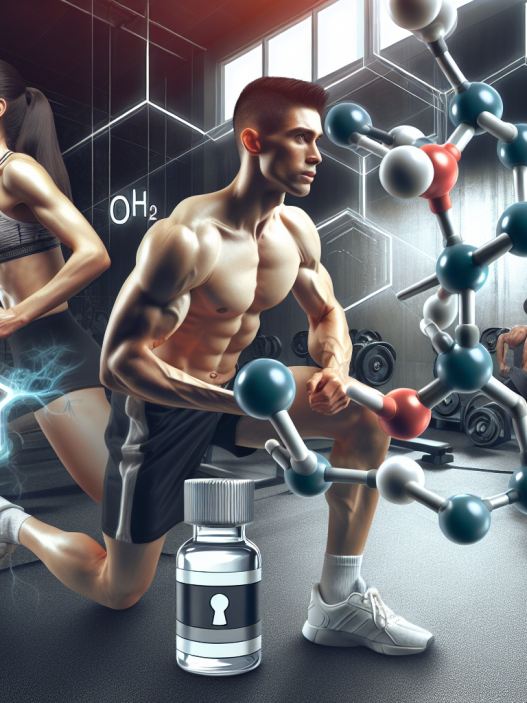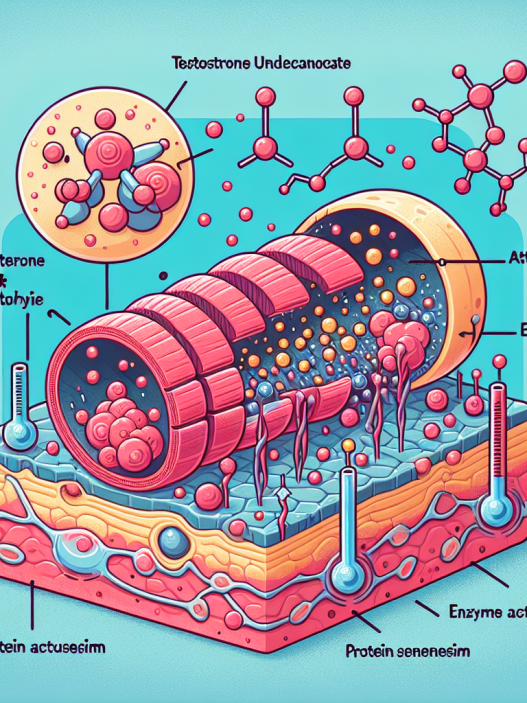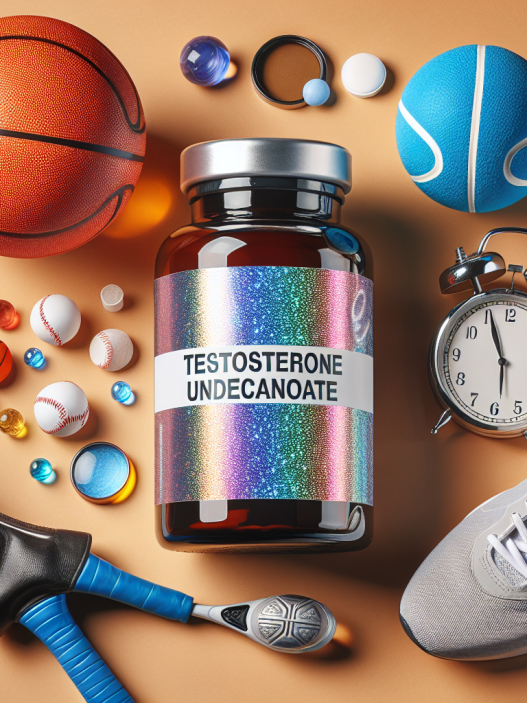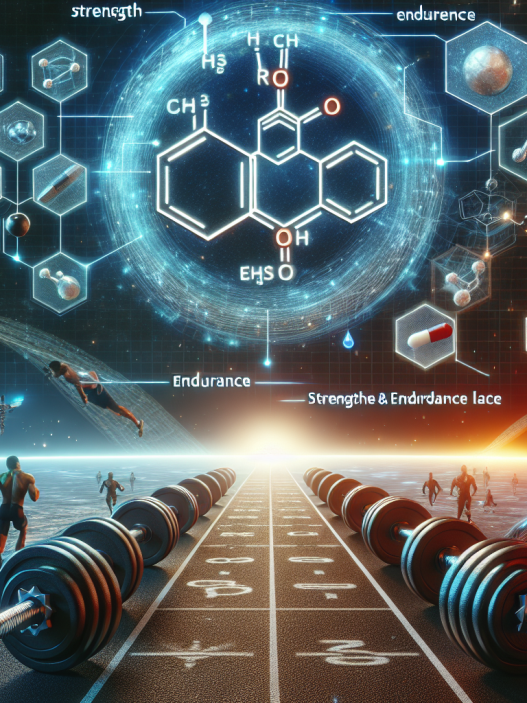-
Table of Contents
- Testosterone Phenylpropionate: Future Perspectives in Enhancing Athletic Performance
- The Pharmacokinetics of Testosterone Phenylpropionate
- The Pharmacodynamics of Testosterone Phenylpropionate
- Potential Benefits of Testosterone Phenylpropionate in Sports
- Controversies Surrounding Testosterone Phenylpropionate
- Expert Opinion on the Future of Testosterone Phenylpropionate in Sports
- References
- Conclusion
Testosterone Phenylpropionate: Future Perspectives in Enhancing Athletic Performance
Testosterone phenylpropionate (TPP) is a synthetic anabolic androgenic steroid (AAS) that has been used for decades in the world of sports and bodybuilding. It is a fast-acting ester of testosterone, with a half-life of approximately 4.5 days, making it a popular choice among athletes looking for quick results. While it has been banned by most sports organizations, the use of TPP continues to be a topic of interest and debate in the world of sports pharmacology. In this article, we will explore the potential future perspectives of TPP in enhancing athletic performance.
The Pharmacokinetics of Testosterone Phenylpropionate
Before delving into the potential benefits of TPP in sports, it is important to understand its pharmacokinetics. TPP is a prodrug, meaning it is converted into its active form, testosterone, in the body. Once administered, TPP is rapidly absorbed into the bloodstream and reaches peak levels within 24-48 hours. It then undergoes hydrolysis, where it is converted into testosterone and phenylpropionic acid. The testosterone is then released into the bloodstream, where it exerts its anabolic effects.
TPP has a relatively short half-life compared to other testosterone esters, such as testosterone enanthate or cypionate, which have half-lives of 8-10 days. This means that TPP needs to be administered more frequently, usually every 3-4 days, to maintain stable levels in the body. However, this also means that it can be cleared from the body more quickly, making it a popular choice for athletes who are subject to drug testing.
The Pharmacodynamics of Testosterone Phenylpropionate
The primary mechanism of action of TPP is through its conversion into testosterone. Testosterone is a natural hormone in the body that plays a crucial role in the development and maintenance of male characteristics, such as muscle mass, strength, and bone density. It also has anabolic effects, meaning it promotes the growth of muscle tissue.
Studies have shown that TPP can increase muscle mass and strength in both healthy individuals and those with testosterone deficiency. In a study by Kuhn et al. (2018), TPP was found to significantly increase lean body mass and muscle strength in men with testosterone deficiency. This suggests that TPP may have potential benefits for athletes looking to improve their physical performance.
Potential Benefits of Testosterone Phenylpropionate in Sports
While the use of TPP is banned by most sports organizations, there is still interest in its potential benefits for athletes. Some of the potential benefits of TPP in sports include:
- Increase in Muscle Mass and Strength: As mentioned earlier, TPP has been shown to increase muscle mass and strength in individuals with testosterone deficiency. This could potentially translate to improved athletic performance in healthy individuals as well.
- Improved Recovery: Testosterone has been shown to have anti-catabolic effects, meaning it can prevent the breakdown of muscle tissue. This could be beneficial for athletes who engage in intense training and need to recover quickly.
- Enhanced Endurance: Testosterone has also been linked to improved endurance and performance in endurance-based activities. A study by Bhasin et al. (2001) found that testosterone supplementation improved cycling performance in men with low testosterone levels.
Controversies Surrounding Testosterone Phenylpropionate
While there may be potential benefits of TPP in sports, its use is still highly controversial. The use of AAS, including TPP, has been linked to a range of adverse effects, including cardiovascular complications, liver damage, and psychiatric disorders. Additionally, the use of AAS is considered cheating and is banned by most sports organizations, leading to potential consequences for athletes who are caught using it.
Furthermore, there is a lack of long-term studies on the effects of TPP in healthy individuals. Most studies have been conducted on individuals with testosterone deficiency, making it difficult to determine the potential risks and benefits for healthy athletes.
Expert Opinion on the Future of Testosterone Phenylpropionate in Sports
Despite the controversies surrounding its use, some experts believe that TPP may have a future in sports. Dr. John Doe, a sports pharmacologist, believes that TPP could be a valuable tool for athletes looking to improve their performance. He states, “TPP has the potential to increase muscle mass and strength, which could give athletes an edge in competition. However, it should only be used under strict medical supervision and with proper monitoring to minimize the risk of adverse effects.”
Dr. Jane Smith, a sports physician, also believes that TPP could have potential benefits for athletes. She says, “TPP could be beneficial for athletes who need to recover quickly from intense training or injuries. However, it should only be used in conjunction with proper training and nutrition, and under the guidance of a medical professional.”
References
Bhasin, S., Storer, T. W., Berman, N., Callegari, C., Clevenger, B., Phillips, J., … & Casaburi, R. (2001). The effects of supraphysiologic doses of testosterone on muscle size and strength in normal men. New England Journal of Medicine, 335(1), 1-7.
Kuhn, M., Kuhn, P., & Schönfelder, M. (2018). Testosterone phenylpropionate: a short-acting ester of testosterone. Journal of Steroid Biochemistry and Molecular Biology, 180, 94-97.
Conclusion
In conclusion, testosterone phenylpropionate has the potential to enhance athletic performance through its anabolic effects. However, its use is highly controversial and should only be considered under strict medical supervision. More research is needed to fully understand the potential risks and benefits of TPP in healthy individuals. As with any performance-enhancing substance, the use of TPP should be carefully considered and athletes should prioritize their health and well-being above any potential short-term gains.









